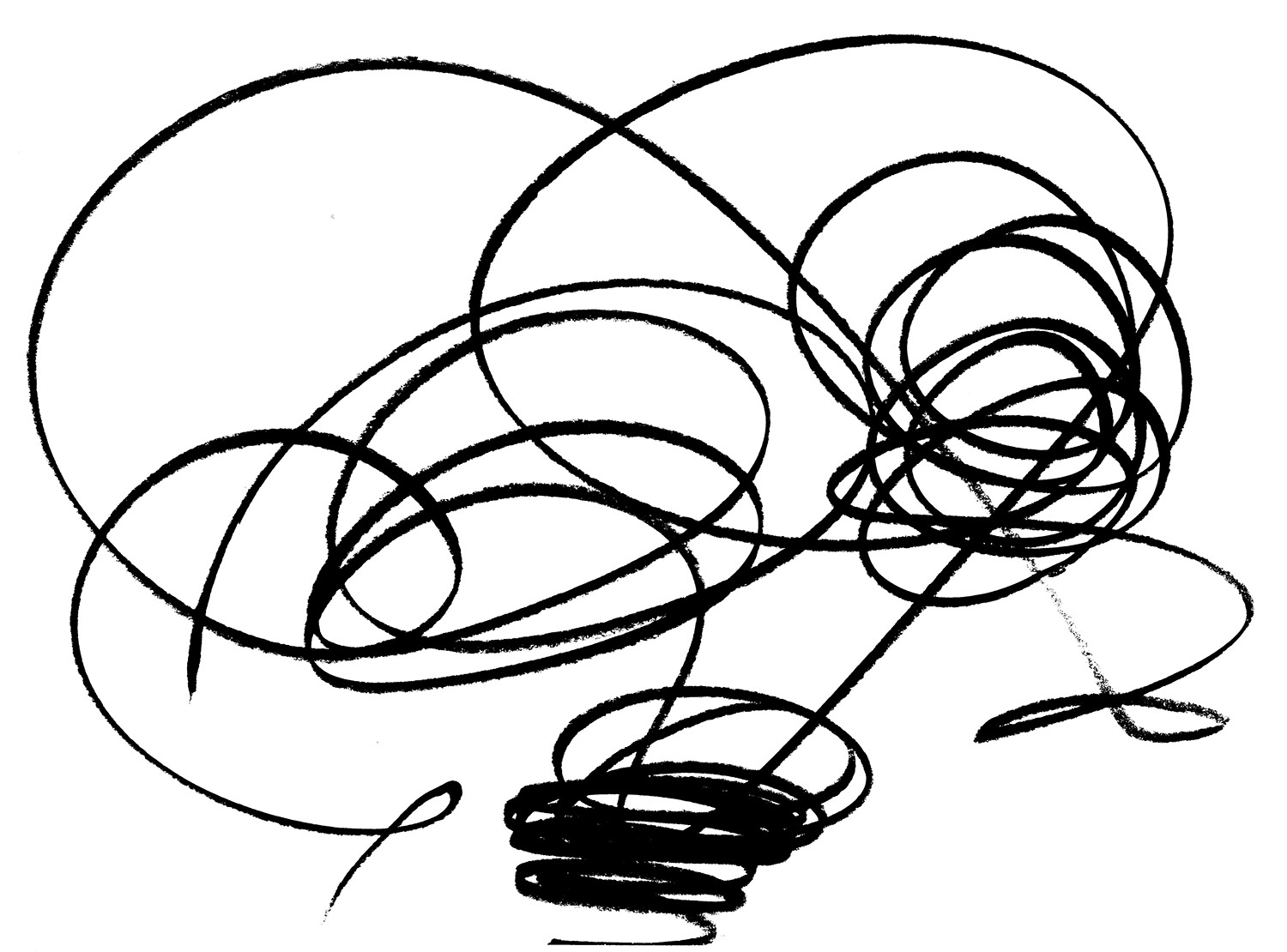
Powerlines
There are Lines and there are powerlines. A line is the trace of a moving point. Kandinsky states in his book “Punkt und Linie zur Fläche”: “The geometric line is an invisible being. The line is the trajectory of moving points.” The trajectory of the line is influenced by a number of internal and external forces working upon the line during the ultrashort time of the tracing process. Not all lines are powerlines. A deliberately drawn line is not a powerline. The power must come from the force with which the line is expressed. To me the power of a line comes from the speed with which is has been put on paper, or traced in 3d digital space. My powerline has a energetic driving force, just like the Formula I racers create their powerline along the race track. In my quick and intuitive sketches I do the same. I trace my personal powerlines by changing the course of the lines through intuitive acts upon the muscles of my arm and hand. I do not know exactly where my brush will go, but I do know that I have to drive it fast to allow the energy to pass through my hand directly to the canvas.
Building up the power
The power does not come just like that. You have to build up the energy, you must build up the power. Compare it again to the world of the Formula I, the way the drivers prepare for the race to reach pole position. As an artist preparing for the sketch I do much of the same. I test materials and tools, arrange the canvases in my studio. Then I prepare for the start, building up the energy for the powerlines, mobilizing my knowledge and experience I have been working for so hard, making my knowledge available for quick and intuitive actions. I must be prepared to build the shortcut between my intuition and my knowledge when expressing the powerline quickly and strong, unleashing the power. Speed is essential, it only takes one or two seconds to make the quick and intuitive gesture. There is no time for deliberate action, I rely completely on my intuition.